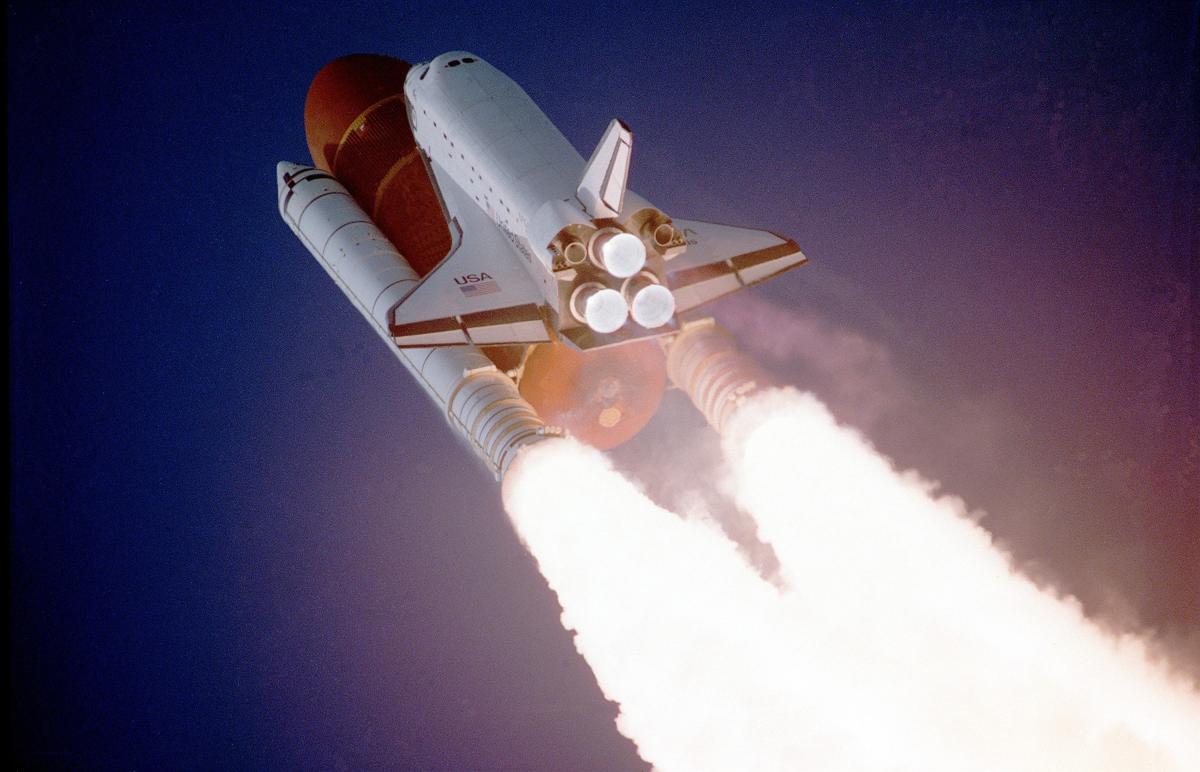
Oil Spill Clean Up Challenge STEAM PBL
Student Objectives:
Your challenge is to thoroughly research real-world oil spills and what has worked to help clean them up in the past, then engineer your own prototype boom to clean up a simulated oil spill in a classroom set-up test site, including oil that has been spilled in the water and onto marine “animals” (represented by feathers). Afterwards, reflect on how human consumption of limited resources impacts the biosphere, namely oil spills, in order to construct and support an argumentative writing piece.
Lesson Plan Link/URL
https://docs.google.com/presentation/d/1zw9eCkloQE178to4W678k1RAU59lHu4g/edit?u…Subject Area
Science Physical Science P1: Matter Earth and Space Science E1: Earth Systems Life Science L2: Organisms & Energy Engineering S2: Apply the Engineering Design Process S3: Apply Mathematics to Engineering S4: Apply Science to Engineering S6: Apply Communications to Engineering English Language Arts (ELA) Reading (Informational Text) WritingRelated Content

This lesson provides the students an opportunity to learn hands-on. They work as a worm biologist or Annelidologist, observing how the external features of the worm, such as its segmented body and

Students are tasked with using the Engineering Design Process to create a system of harvesting rainwater to meet the needs of residents in communities that have a scarce water supply (shortage of
